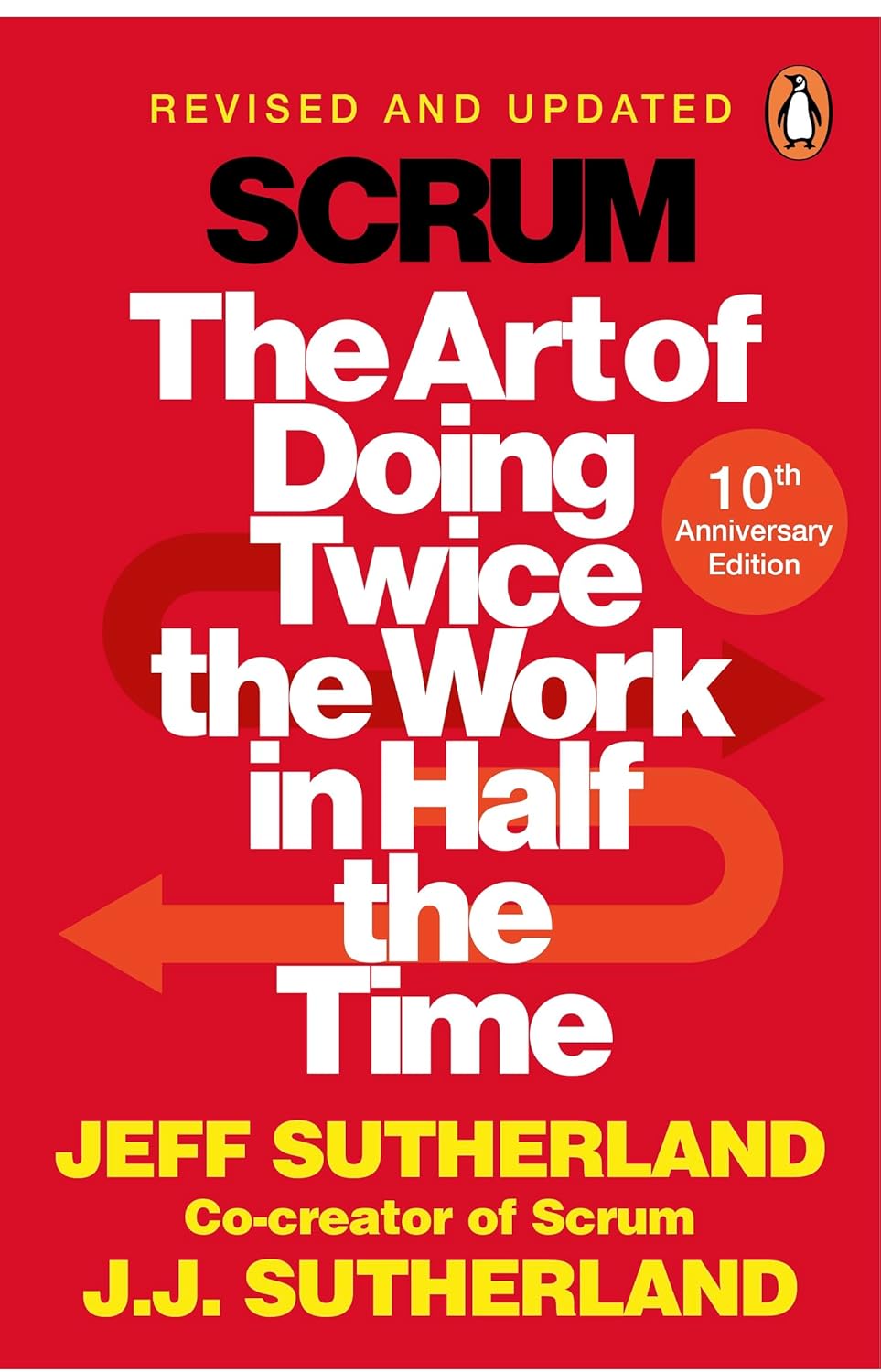
Velocity
What is Velocity?
Velocity is a metric used in agile project management to measure the amount of work a team completes during a single iteration or sprint. It helps teams estimate their future performance by analyzing past delivery patterns. Typically expressed in story points, hours, or completed user stories, it serves as a planning tool rather than a performance indicator. Velocity is unique to each team and evolves over time, reflecting the team’s capacity, consistency, and any changes in workload or team composition.
Agile teams often use this metric during sprint planning to determine how much work they can realistically commit to in the next cycle. By tracking velocity over multiple sprints, teams can more accurately predict project timelines and effectively manage stakeholder expectations. While useful, teams should interpret it in context and use it in conjunction with other metrics to inform decision-making.
Key Points
- It indicates the amount of work a team completes within a sprint.
- Teams calculate it by summing completed story points or other agreed-upon units.
- The metric is useful for sprint planning and forecasting future work.
- It varies by team and should not be used to compare different teams.
- Consistency in velocity helps in making reliable delivery estimates.
Related Terms
- The concept of a sprint refers to a fixed period during which a team works to complete a set amount of work, which directly influences velocity.
- A story point is a unit of measure used to estimate the effort needed to implement a user story, often used to calculate velocity.
- The product backlog contains all the work items a team may eventually include in a sprint, and its refinement affects their future velocity.
- A burndown chart visually represents the work completed versus what remains in a sprint, often used in conjunction with velocity to track progress.
- The scrum master facilitates the sprint and monitors team metrics, including velocity, to support continuous improvement.
Velocity: Example
Imagine a software development team that completes 30 story points in Sprint 1, 28 in Sprint 2, and 32 in Sprint 3. Their average velocity is 30 story points per sprint. During planning for Sprint 4, the team uses this average to determine how much work to include in the next sprint, aiming for a sustainable workload.
Velocity: Best Practices
- Track it consistently using the same unit of measurement to ensure accurate trends.
- Use a rolling average from several past sprints to make reliable forecasts.
- Avoid comparing velocity across different teams due to differences in estimation techniques and team dynamics.
- Treat velocity as a guide for planning, not as a performance target.
- Encourage team reflection in retrospectives to understand and improve velocity trends.
Additional Resources
Preparing for a PMI certification?
- Exam Prep Courses: PMP®, CAPM®, and PMI-ACP®
- Exam Simulators: PMP®, CAPM®, PMI-ACP®, PMI-PBA®, PMI-RMP®, PMI-SP®, PgMP®, and PfMP®
- Professional Development Units (PDUs): 15, 30, and 60 PDU Bundles




